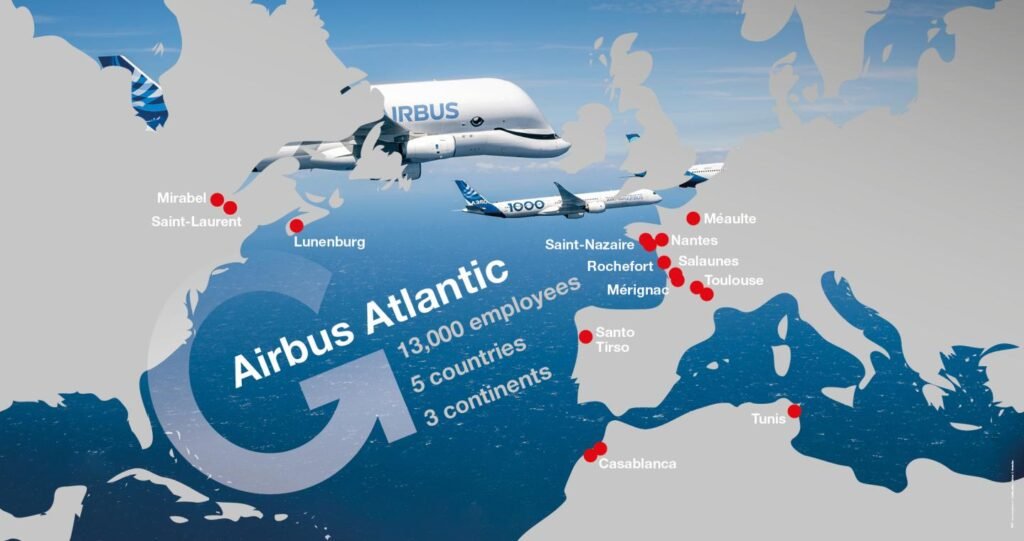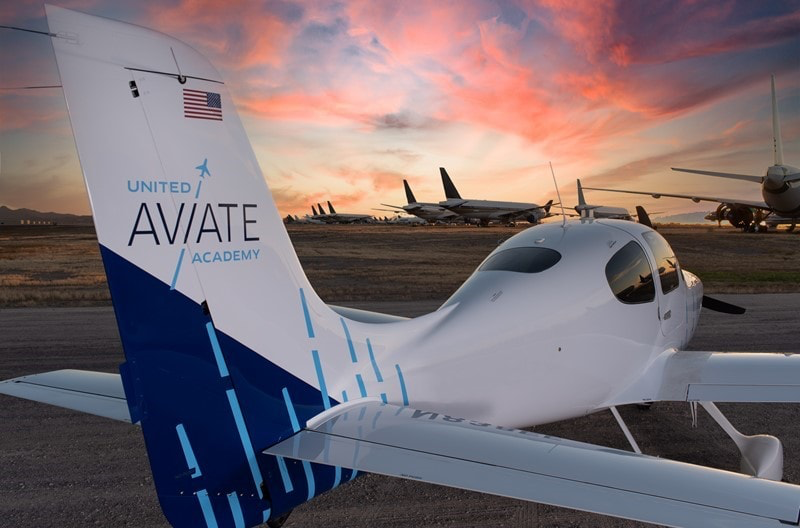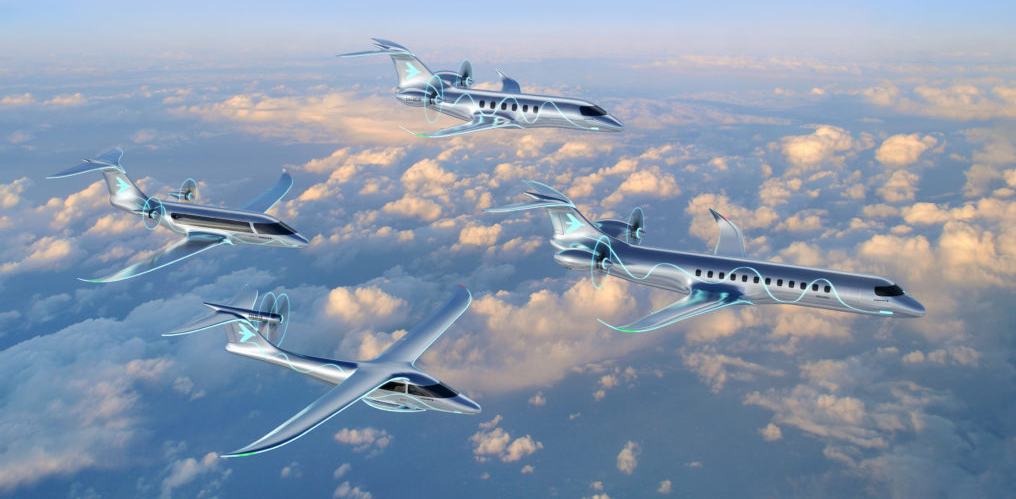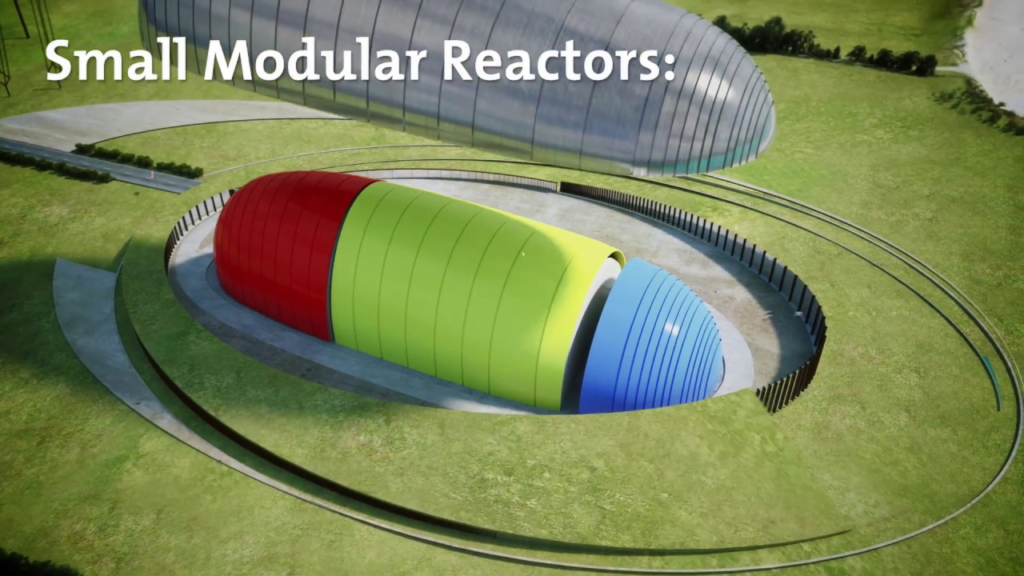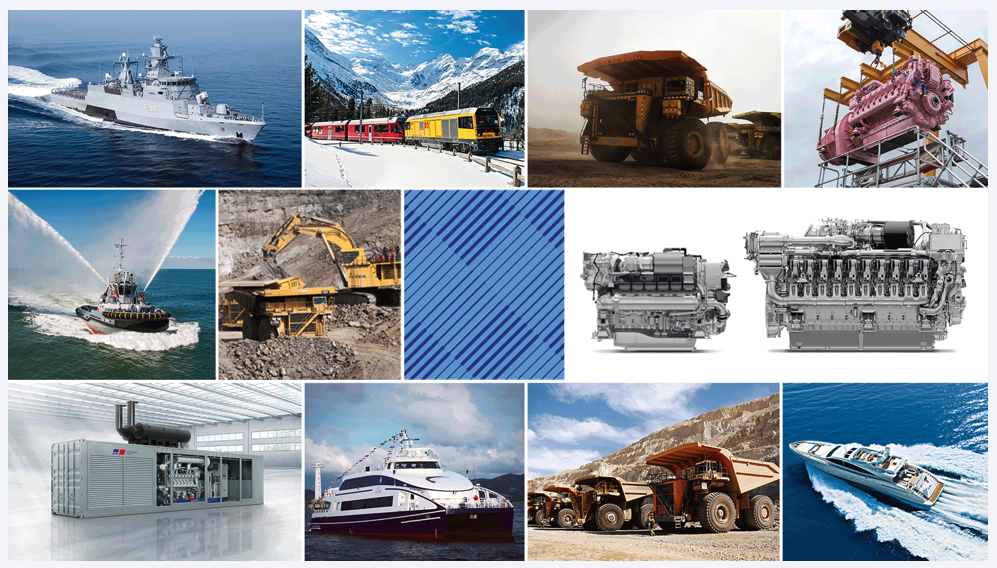Airbus Atlantic Launches, Creating a New Global Player for Aero Structures
Toulouse, France January 2022 – A wholly-owned Airbus subsidiary, Airbus Atlantic, a global player in the aerostructures field, was officially established on 1st January 2022. The new company groups the strengths, resources and skills of the Airbus (OTC: EADSY) sites in…
